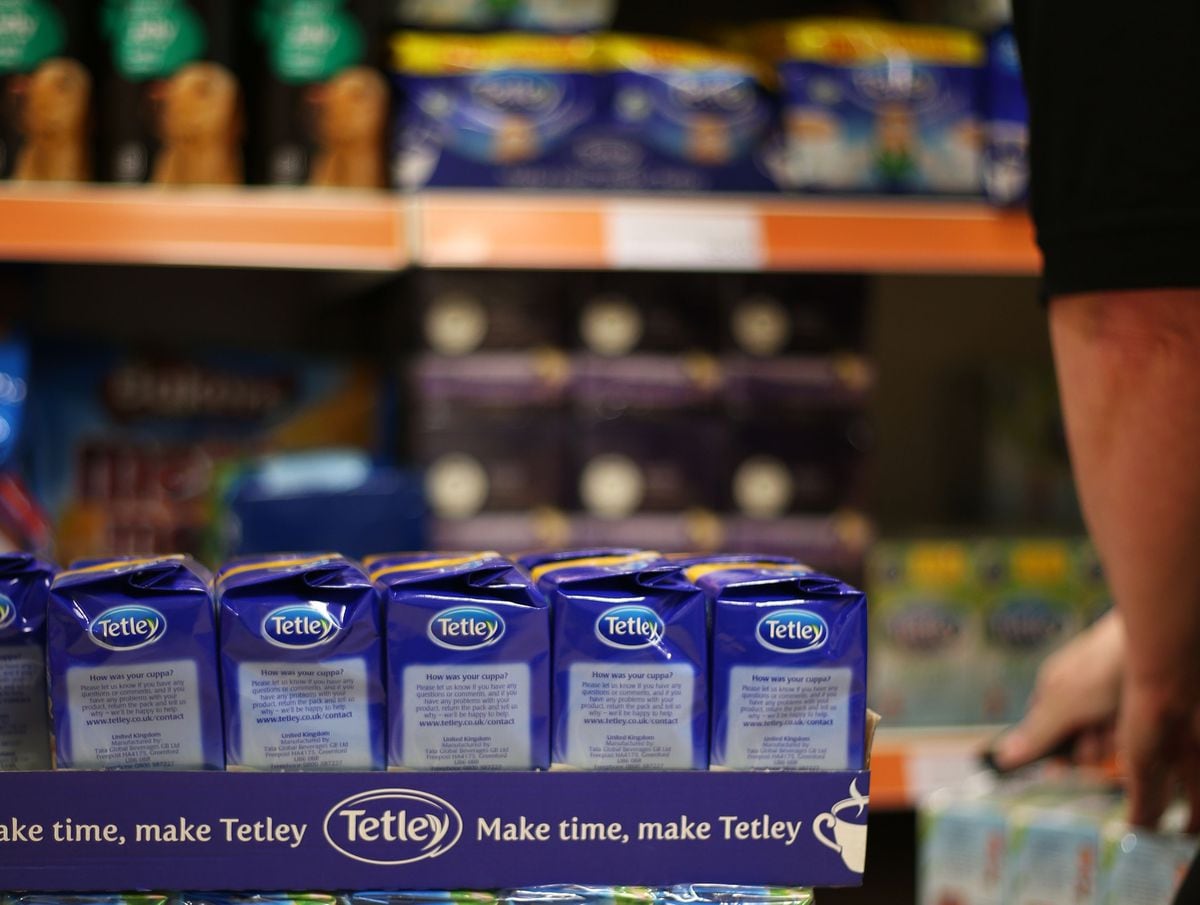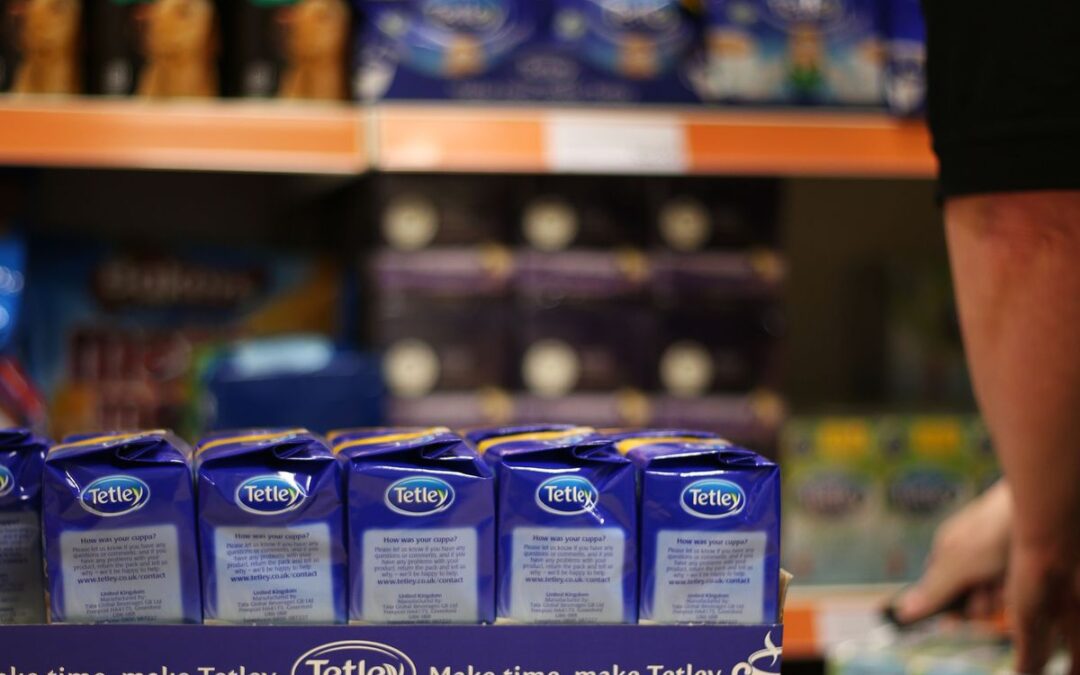[ad_1]

Whereas most of us gained’t want the assistance of a foodbank, we should always all be seeking to considerably lower down on the price of our weekly store as we face rising payments throughout.
Listed here are some suggestions, courtesy of moneysavingexpert.com.
1: Downsize your buying:
Slightly than purchase huge manufacturers, purchase the shop’s own-brands. Or if you happen to often purchase personal manufacturers, go for the funds possibility. Do that for cleansing merchandise in addition to meals. The saving will be dramatic – as a lot as 30 per cent.
2: Beware ‘pick-up’ outlets:
Plan a weekly store and follow it. In the event you pop into your native store to purchase a pint of milk as a catch-up midweek, don’t decide up a basket. Try this, and also you’ll usually fill it. In order for you a pint of milk, purchase a pint of milk then depart.
3: Seize coupons or cashback:
Utilizing coupons, or getting cashback by way of particular apps, can prevent £100s in your buying. Take a look at the grocery store coupons information on moneysavingexpert.com for a frequently up to date record.
A useful comparability software, Trolley, allows you to benchmark the price of merchandise in any respect the foremost supermarkets.You may as well set alerts for when the worth of your favorite groceries drop.
Schemes akin to Tesco’s Clubcard and Sainsbury’s Nectar will give factors whenever you store you could convert into cash off your buying or rewards with chosen companions. You might be more likely to pay extra with out Tesco’s Clubcard because it prompts offers as you store.
Don’t browse and decide. Write an inventory of what you want and follow it. And by no means store when hungry. Shops pump out the odor of contemporary bread for a cause – to get you to spend extra.
Attempt Lidl or Aldi if you happen to haven’t completed earlier than and evaluate costs to your regular store. It’s additionally price attempting Residence Bargains and B&M Bargains. Many purchase their staples as soon as a month at low cost shops after which fill the gaps from their regular store.
Supermarkets could also be handy, however native market stalls are as much as 35 per cent cheaper on fruit and veg costs. It’s additionally good to help native merchants.
[ad_2]
Source link


Recent Comments